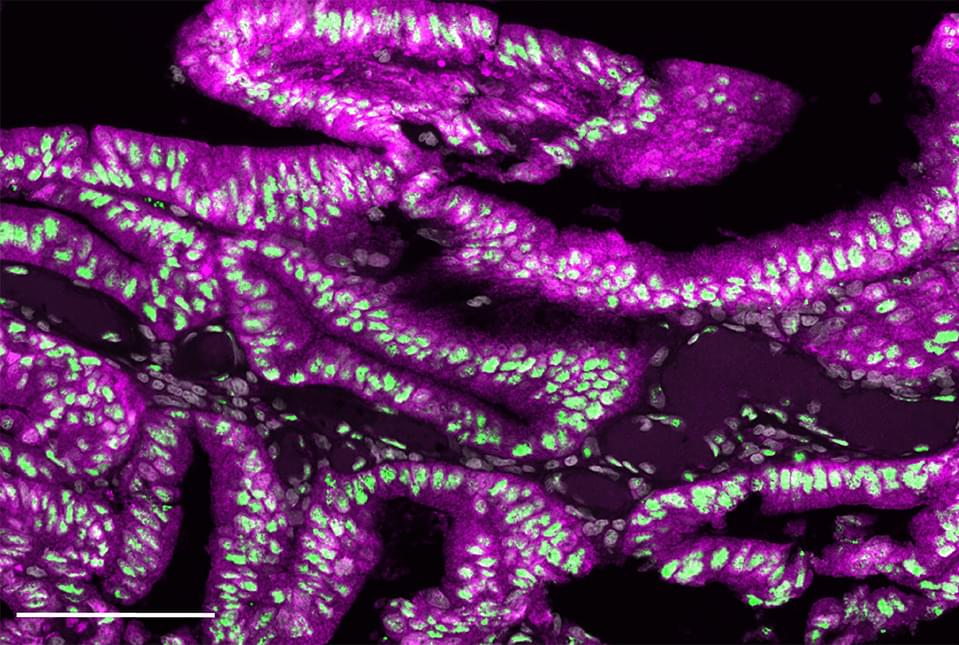TOKYO, Dec 27 (Reuters) — Japan’s nuclear power regulator on Wednesday lifted an operational ban imposed on Tokyo Electric Power’s (9501.T) Kashiwazaki-Kariwa nuclear power plant two years ago, allowing it to work towards gaining local permission to restart.
Tepco has been eager to bring the world’s largest atomic power plant back online to slash operating costs, but a resumption still needs consent from the local governments of Niigata prefecture, Kashiwazaki city and Kariwa village, where it is located.
When that might happen is unknown.







